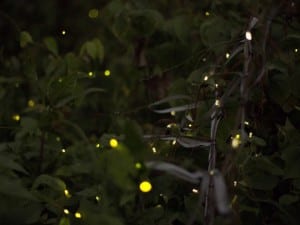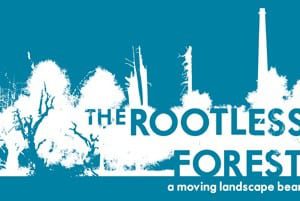German artist Annegret Soltau’s current solo show, ZeitErfahrung L’esperienza del tempo, at Maurer Zilioli Gallery Brescia, is described as somewhat of a “mini retrospective.” Upon entering the gallery, the viewer is immediately transfixed by the numerous photographs of body parts sewn together and reassembled on to other bodies. Large silver framed photographs display what are acknowledged as her family members, the images depict individuals and groups posed carefree and relaxed.
Transgenerativ – MUTTER mit Sohn (3) (2004 – 8) is a striking case in point. It shows a nude mother figure in a calm stance with her hands on her hips. Along her arms, legs and the top half of her face, her son’s same limbs are crudely stitched on. At first the image seems impulsively repugnant, as the sons genitalia is in place of her own, but one cannot escape the photographs compelling audacity, and the viewer is slowly drawn into the familiarity, to begin to analyse the works. Her family have no reservations in any of the photographs, and an element that is even more apparent is the admiration and connection they all seem to share so readily.
Towards the front of the gallery is an intriguing ensemble of post painterly abstraction. Scores of squares and rectangles, no bigger than a cigarette packet, show photographs of people and items of personal value. These run along a wall half the width of the downstairs gallery, visually alluding to a continuous narrative. Each segment is dissected by a stitched pattern that mirrors the back of each photograph. The decision to present the backs of these photographs means that the works throughout the gallery present an abstracted aesthetic quality, that would never have transpired to the viewer otherwise. This aesthetic draws the viewer in to a comfortable reading spot, in the same way that the relaxed state of the family emits when viewing the large photographs. Despite the works, at times, being rather surreal a continuous stream of familiarity and compassion soaks through all the pieces, engaging and embracing the viewer.
While ascending the stairs to the upstairs gallery platform, the viewer’s perception of the works on display becomes unbalanced. The structure of the building evolves into a dominant factor within the situating of Annegret Soltau’s earlier works. Three distinct light sources interject and layer their spheres of influence upon the small room. A series of three light boxes Im Kaleidoskop (I) (II) (III) (1992), made up of black and white photos of Annegret Soltau, are fractured and reassemble a kaleidoscope as it is transmitted through luminous pastel shades. On the opposing wall, three black and white self-portrait photographs, all punctured with small pins, reside in a glass cabinet. The dusty haze of the ceiling light and the clinical intensity from florescent lights in the lower gallery creep over the surfaces of the photographs. The subtle forms of the pins scars the surfaces instilling an intricate linear web. Annegret Soltau’s earlier work is more experimental in terms of medium and outcome. Fixated purely on her own body, the lighting and architecture become metaphorical of a birthing point and, like a nurtured child, has grown to become the more refined and confident work in the lower gallery.
Annegret Soltau: ZeitErfahrung L’esperienza del tempo, until 8 June, Maurer Zilioli Gallery, Associazione Culturale – Via Trieste, 42 b – I – 25121 Brescia BS.
William Davie
Credits
1. dal ciclo “Mutterglück” (la felicità della madre), 1977-1994
2. retro di “transgenerativ – Mutter/Vater/Tochter/Sohn” (Madre/padre/figlia/figlio), 76, 2005, Fotovernähung / cucitura su fotografia, 66 x 91 cm.





